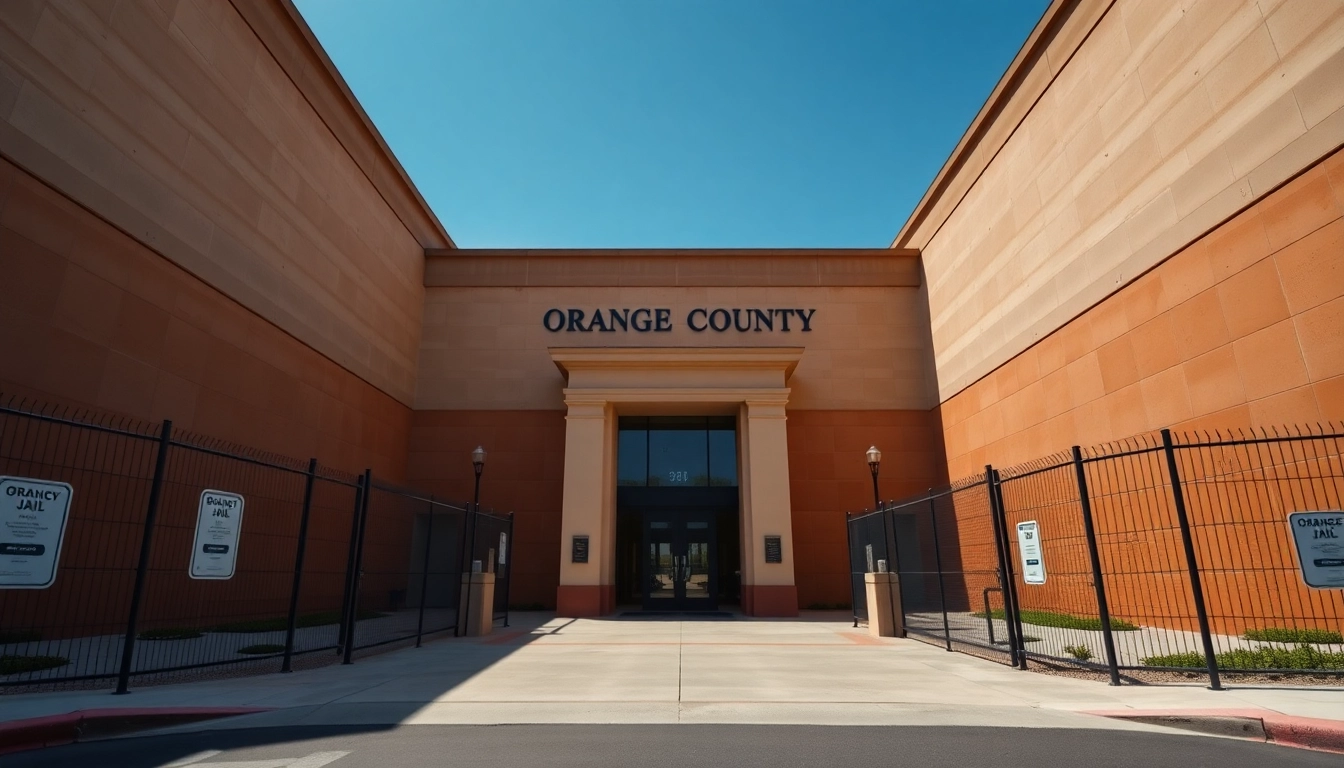Understanding Trademark Registration in India and the US
In today’s global economy, the protection of intellectual property has become increasingly critical for businesses. One of the most effective ways to safeguard your brand and its reputation is through trademark registration. This process involves legally recognizing and protecting the identity of your brand, ensuring that it remains unique and that others cannot use it without permission. For individuals and businesses looking to secure their brand identity across international borders, understanding the nuances of trademark registration in India and US is essential. This comprehensive guide aims to demystify the trademark registration processes in both countries, outlining their respective procedures, costs, and legal frameworks.
What is a Trademark?
A trademark is a recognizable sign, design, or expression that distinguishes products or services of one entity from those of others. Trademarks can consist of words, logos, sounds, colors, or even shapes. They serve a vital purpose in the marketplace by helping consumers identify and choose products based on brand recognition and reputation.
Importance of Trademark Protection
Trademark protection is crucial for several reasons:
- Brand Recognition: Trademarks help consumers identify the source of goods or services, fostering brand loyalty.
- Legal Protection: A registered trademark provides legal rights to the owner to take action against unauthorized use or infringement.
- Business Asset: Trademarks can be valuable assets, potentially increasing a company’s valuation and attracting investors.
- Market Advantage: Unique trademarks give businesses a competitive edge, enabling them to differentiate their offerings in a saturated market.
Differences in Trademark Laws between India and the US
The trademark laws in India and the United States stem from different legal traditions and cultural contexts, leading to several key differences:
- Governing Laws: In India, the Trade Marks Act, 1999 serves as the primary legislation governing trademarks, while in the US, trademark protection is administered under the Lanham Act.
- Registration Process: The processes for filing a trademark application differ notably, particularly regarding examination and opposition procedures.
- Duration of Protection: In India, the initial registration is valid for ten years and can be renewed indefinitely, whereas in the US, a trademark must be renewed every ten years with additional maintenance filings every five years.
- Use Requirement: In the US, trademarks must be used in commerce to maintain protection, while India offers protection based on registration alone.
The Trademark Registration Process in India
Steps for Filing a Trademark Application in India
The procedure for registering a trademark in India involves several key steps:
- Trademark Search: Conduct a thorough search to ensure that the desired trademark is not already registered or pending registration.
- Application Filing: File the trademark application with the Trademark Registry, including necessary details such as logo, description of services/products, and applicant’s information.
- Examination: The application undergoes examination by the trademark officer, who reviews it to ensure compliance with legal requirements.
- Publication: If accepted, the trademark is published in the Trademark Journal, allowing third parties to oppose within four months.
- Registration: If no opposition is filed or if opposition proceedings are resolved in favor of the applicant, the trademark will be registered.
Costs Involved in India’s Trademark Registration
The costs associated with trademark registration in India can vary based on multiple factors, including:
- Filing Fees: Government fees for filing a trademark generally range from INR 4,500 to INR 9,000 depending on the applicant type (individual or company) and method of application (online or offline).
- Legal Fees: It is advisable to consult with a trademark attorney, whose fees can vary based on experience and the complexity of the application process.
- Renewal Fees: Registered trademarks require renewal every ten years, which incurs additional costs.
Timeline for Trademark Approval in India
The timeline for trademark approval in India can vary widely, typically taking anywhere from 6 months to 2 years. Factors influencing this timeline include:
- The completeness and accuracy of the application.
- The efficiency of the Trademark Registry.
- Any oppositions filed by third parties, which can significantly extend the duration of the process.
The Trademark Registration Process in the US
Steps for Filing a Trademark Application in the US
The trademark registration process in the US follows these essential steps:
- Trademark Search: Start with a comprehensive search to identify any conflicting trademarks.
- Application Preparation: Prepare the application, which includes details such as the mark, goods/services, and basis for filing (use in commerce or intent to use).
- Filing: Submit the application to the United States Patent and Trademark Office (USPTO).
- Examination: The USPTO examines the application, looking for compliance with legal standards.
- Public Opposition: Once approved, the mark is published in the Official Gazette, allowing for a 30-day period where third parties can oppose the registration.
- Issuance of Registration: If no opposition is filed or if all issues are resolved, the trademark is officially registered.
Costs Involved in US Trademark Registration
The costs surrounding trademark registration in the US can include:
- Filing Fees: The USPTO charges varying fees for trademark applications, generally ranging from $250 to $350 per class of goods/services.
- Attorney Fees: Many applicants engage legal counsel for assistance, which could add another $500 to over $1,500 depending on the complexity of the application.
- Maintenance Costs: Trademark holders must pay maintenance fees to keep their registration active. This includes filing a Declaration of Use at least every five years and renewing the trademark every ten years.
Maintaining a Trademark in the US
Once a trademark is registered in the US, it is crucial to maintain it through:
- Regularly monitoring for infringements and taking necessary action.
- Submitting required maintenance filings, including Declaration of Use and renewal applications.
- Continually using the mark in commerce to avoid abandonment claims.
International Trademark Registrations: The Madrid Protocol
How the Madrid Protocol Works
The Madrid Protocol offers a streamlined process for trademark registration in multiple jurisdictions through a single application. Key features include:
- Simplified Process: Applicants can submit one application and designate multiple member countries where protection is sought.
- Centralized Management: Management of international registrations can be done through the applicant’s home country, simplifying renewals and modifications.
- Flexibility: The protocol allows businesses to extend their trademark protection to new countries as their markets grow.
Benefits for Indian and US Businesses
Businesses in India and the US can benefit greatly from the Madrid Protocol, including:
- Cost Efficiency: Reduces the costs and administrative burdens associated with individual country registrations.
- Time Savings: Accelerates the time to secure trademark protection across multiple jurisdictions.
- Increased Market Reach: Enables businesses to expand their brand presence internationally with confidence.
Filing International Applications
Filing an international trademark application through the Madrid Protocol involves:
- Ensuring the home country trademark is registered or pending registration.
- Completing the international application through the appropriate national office.
- Selecting the member countries in which trademark protection is sought.
- Paying the requisite fees based on the number of countries and classes of goods/services claimed.
Common Challenges and Solutions in Trademark Registration
Legal Obstacles in India and the US
Trademark registration can present various legal hurdles, including:
- Prior Conflicts: Existing trademarks can pose significant obstacles to registration. Conducting thorough searches beforehand is essential.
- Opposition Proceedings: Applicants may face challenges from parties opposing their trademark. Engaging a qualified attorney can facilitate resolutions.
- Compliance Issues: Failing to meet regulatory requirements can delay approval. Understanding local laws and guidelines is crucial.
How to Overcome Common Trademark Registration Issues
To navigate trademark registration challenges effectively, consider the following strategies:
- Conduct comprehensive searches to mitigate the risk of conflicts.
- Work with legal experts who understand specialized trademark law in both jurisdictions.
- Stay proactive in renewing and maintaining trademarks to avoid abandonment.
Consulting Legal Experts for Trademark Registration
Partnering with legal professionals specializing in intellectual property can provide invaluable insights, including:
- Guidance through complex registration processes.
- Strategic advice on trademark protection and enforcement.
- Assistance with international trademark applications under the Madrid Protocol.



